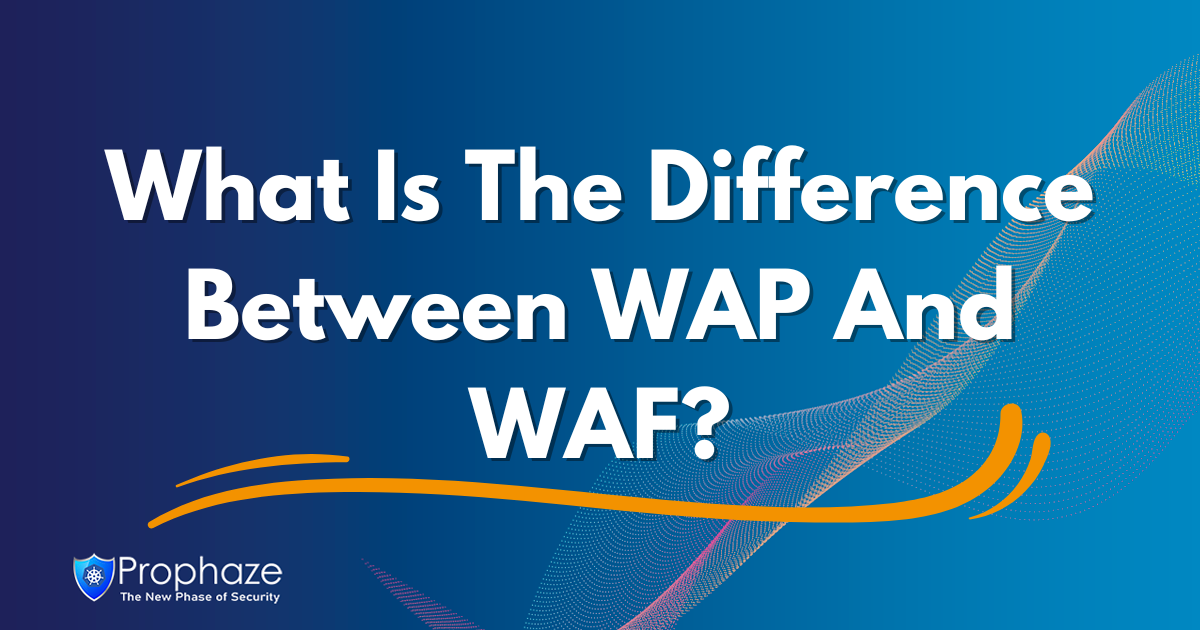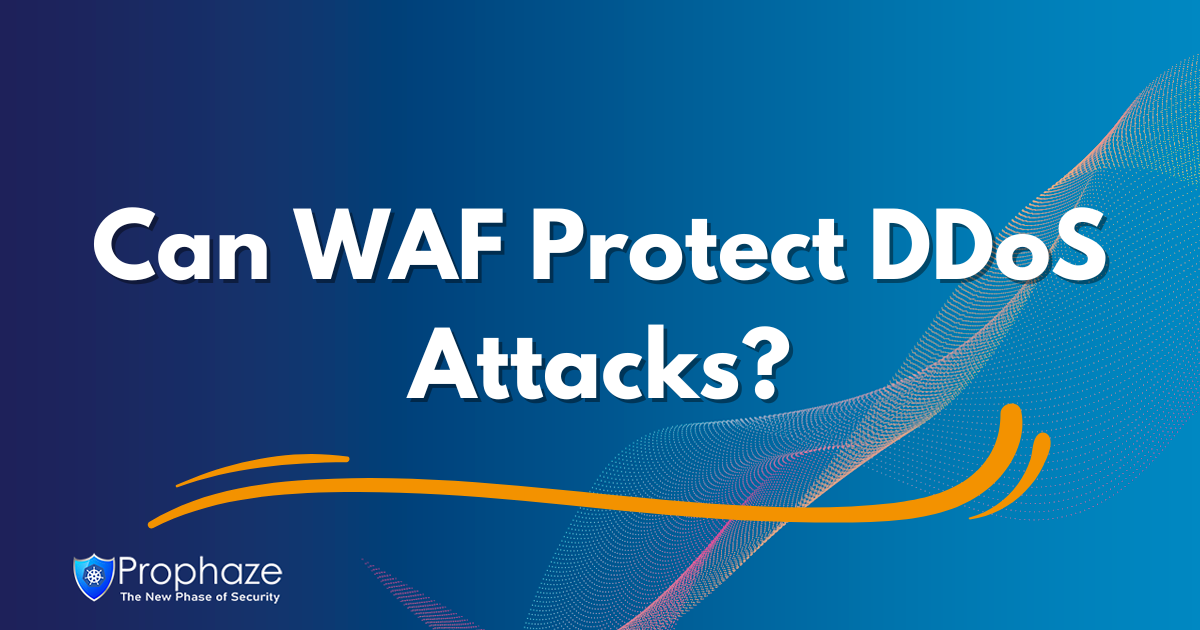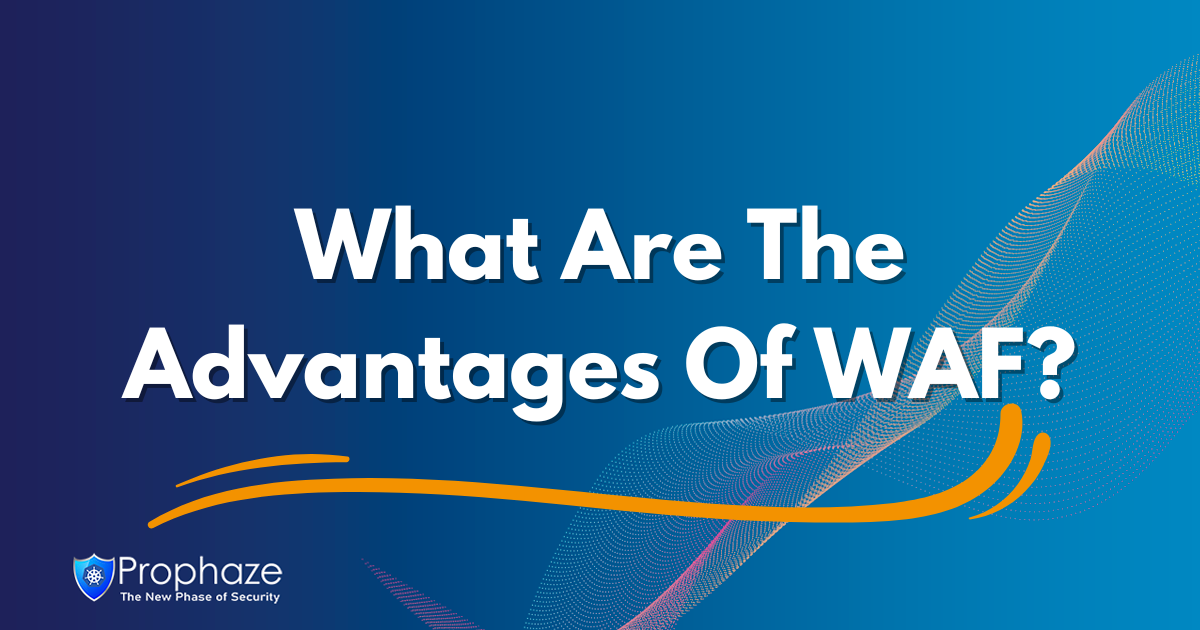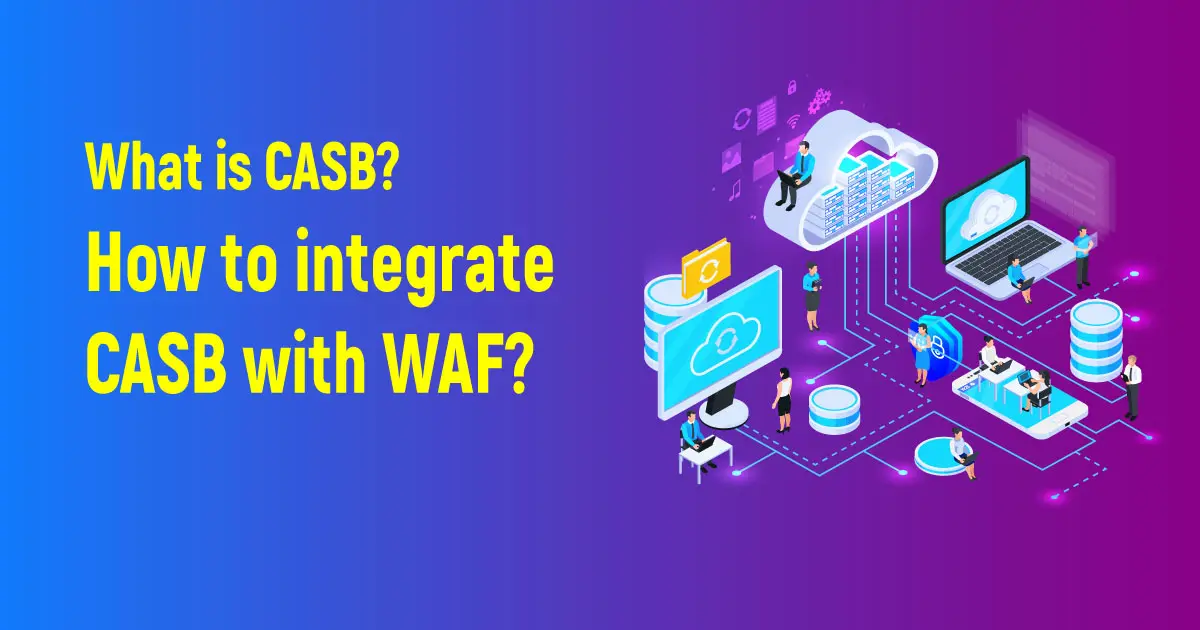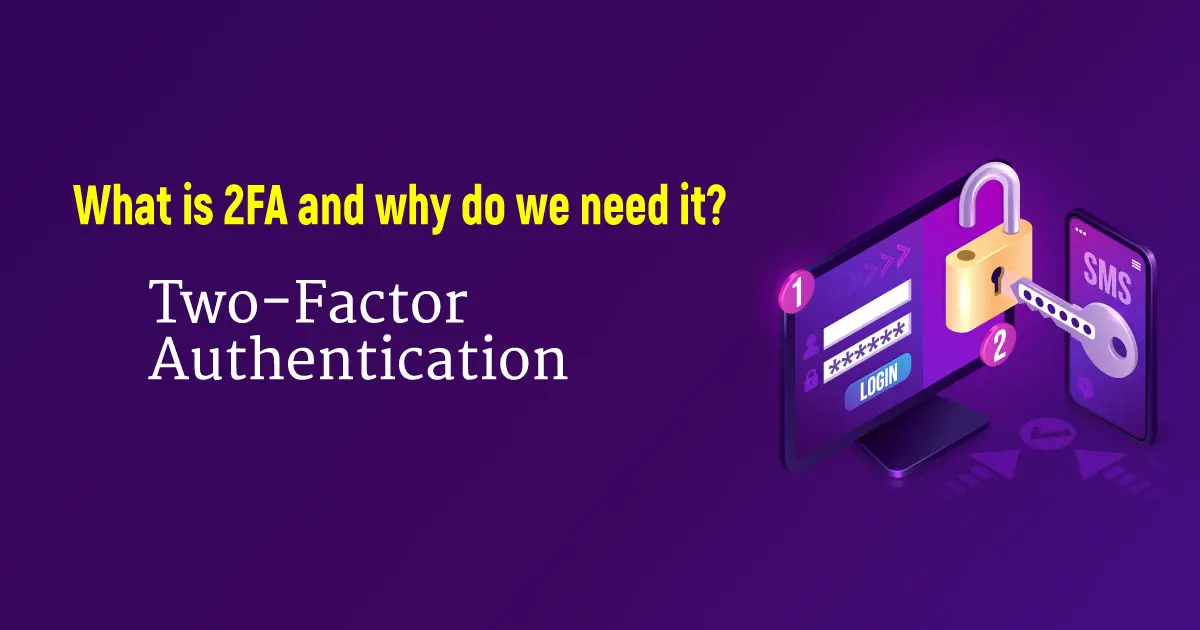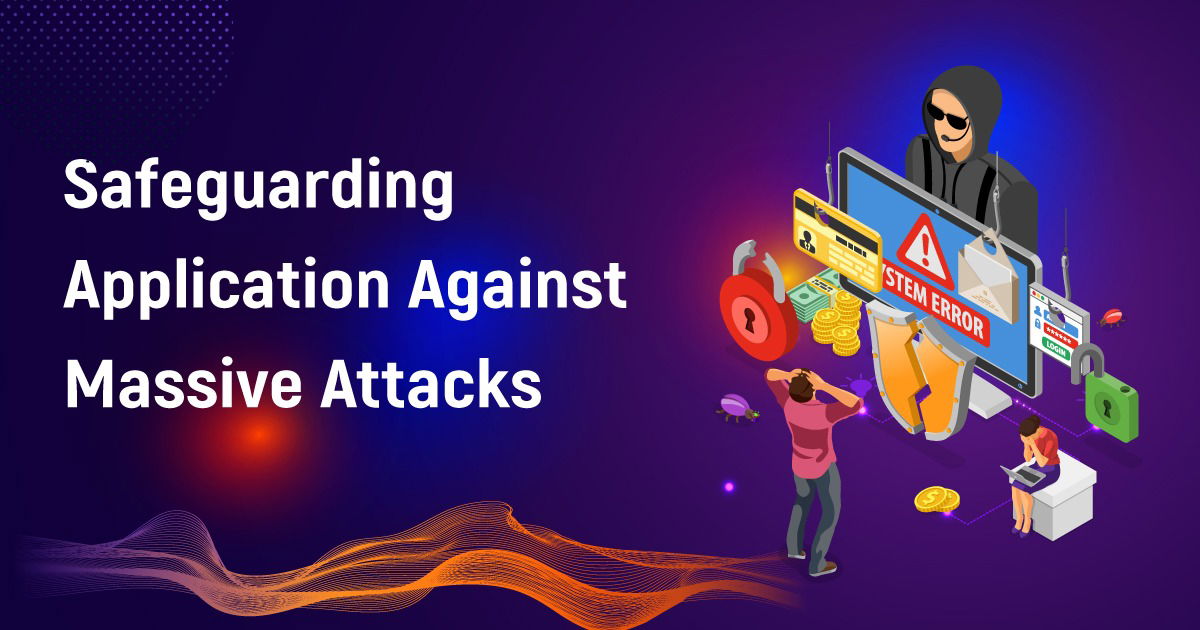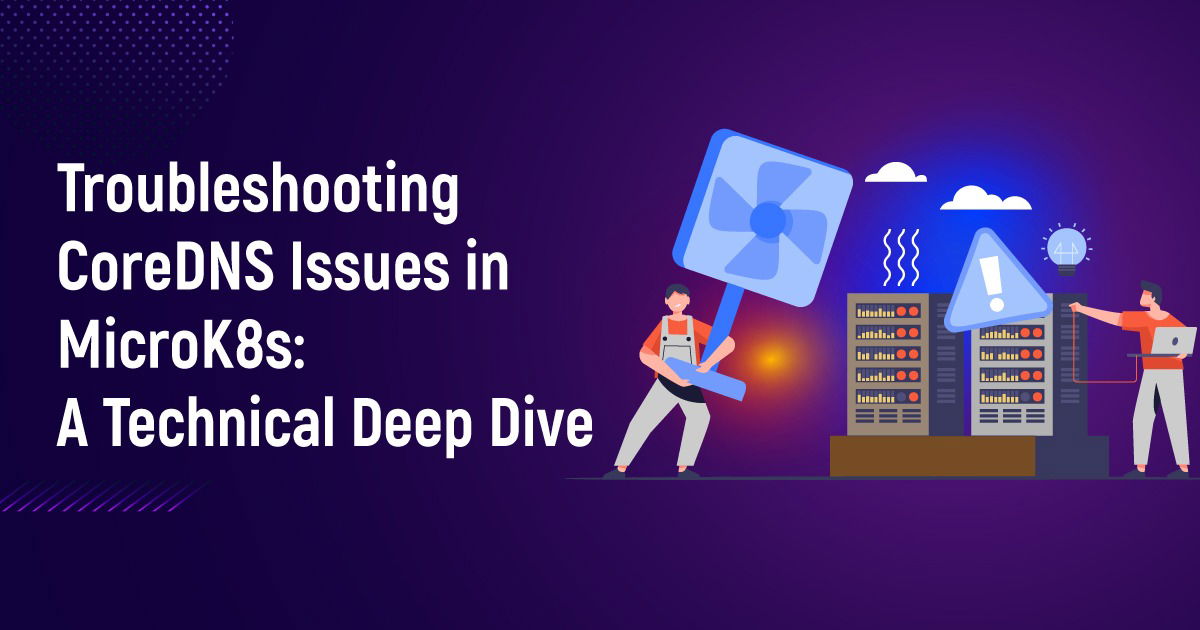Shield Your Web Applications with Web Application Firewalls (WAF)
Web application security has become essential in the modern age of digital technology, where cybersecurity needs to be a top priority. To prevent a variety of cybersecurity risks, WAFs have grown in importance. Traditional firewalls limit their functionalities, whereas WAFs present advanced security measures and have basic proxy filtering functionalities. It delves into the significance of how WAF safeguards web applications by providing insights into their features and functionalities.
What is WAF?
At the network stack’s application layer, security solutions like WAF function, and their principal aim is to keep web applications safe from a multitude of threats that include but are not limited to SQL injections, XSS attacks, and cookie theft by hackers. Although some firewalls incorporate proxies, they might not qualify as web application firewalls (WAF).
Is WAF a proxy firewall?
Acting as a go-between for clients and servers by monitoring network traffic for compliance with safety policies is the task of proxy firewalls like WAFs, which are employed to inspect and analyze web traffic to increase protection. A WAF can review HTTP/HTTPS requests and responses for any harmful or questionable activity by utilizing pattern recognition, providing an added level of safety because it masks your IP addresses, and this proxy function safeguards your website against unauthorized access.
Advanced Security Features
WAFs have evolved to offer the best protection for web-based applications; they’re also not simply intended to function as proxy firewalls.
Dynamic Rule Enforcement:
As new attack vectors emerge over time, WAF’s flexible rule enforcement mechanisms help keep web applications secure, and creating and adjusting rules on-demand by security administrators provides constant protection for evolving attack methods, ensuring that WAF remains efficacious.
Application-Layer Filtering:
A security approach that focuses on the application level can find and thwart complex intrusions that attempt to exploit app vulnerabilities. By carefully examining inbound network traffic, WAFs can detect and reject malicious requests that conventional firewalls might overlook.
Signature-Based Protection:
To protect web applications from attacks, WAFs use signature-based detection techniques to compare incoming requests to their databases of attack signatures and known patterns. When a match occurs, the WAF can block related requests and thwart potential attacks.
Behavioral Analysis:
Through the use of behavioral analysis techniques, WAFs can identify any deviations that occur within web application traffic, and by creating a set standard for behaviors and logging any divergences found from this pattern, cyber threats can be detected before they strike, even with obscure origins or no evident signatures.
Conclusion
Compared to conventional proxy firewalls with limited functionality, WAFs have a broad range of capabilities to safeguard web applications more effectively. Thus, by utilizing WAFs’ purpose-built design with integrated proxy functionalities, applications for websites are shielded from various cybersecurity risks. WAF also has more sophisticated security features which may defend against modern web attacks, such as application-level filtering. Companies that have become highly concerned with the security and dependability of their web-based applications must include a WAF as part of their overall cyber-security strategy.

